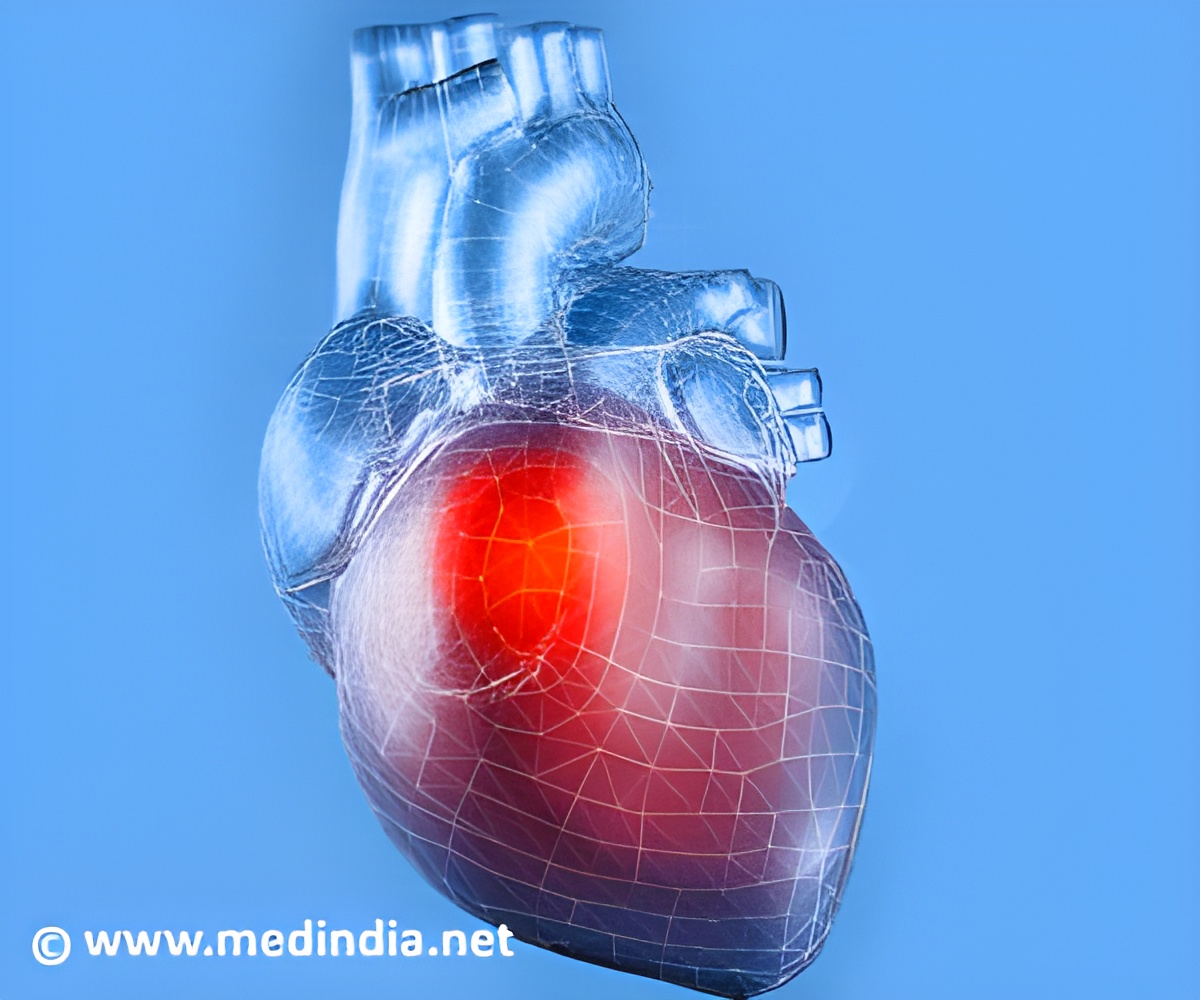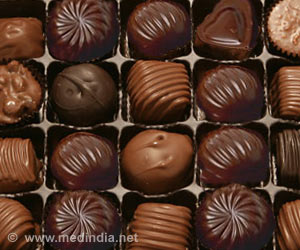
Right now, the best treatment option for patients with major heart damage is an organ transplant.
But there are far more patients on wait-lists for a transplant than there are donated hearts.
Even if a patient receives a new heart, complications can arise.
The ideal solution would be to somehow repair the tissue, which can get damaged over time when arteries are clogged and starve a part of the heart of oxygen.
To address this challenge and engineer complex 3D tissues, researchers at the Brigham and Women's Hospital and Harvard Medical School in Boston and University of Sydney in Australia combined a novel elastic hydrogel with microscale technologies to create an artificial cardiac tissue that mimics the mechanical and biological properties of the native heart.
Advertisement
His team found that they can tune these hydrogels to have the chemical, biological, mechanical and electrical properties they want for the regeneration of various tissues in the body.
Advertisement
So, the researchers developed a new family of gels using a stretchy human protein aptly called tropoelastin.
That did the trick - giving the materials much needed resilience and strength.
"Building tissue is not just about developing the right materials. Making the right hydrogels is only the first step. They serve as the tissue scaffold," Khademhosseini added.
To make sure the cells form the right structure, Khademhosseini's lab used 3D printing and micro-engineering techniques to create patterns in the gels.
These patterns coax the cells to grow the way the researchers want them to.
The result was small patches of heart muscle cells neatly lined up that beat in synchrony within the grooves formed on these elastic substrates.
These micro-patterned elastic hydrogels can one day be used as cardiac patches, concluded the researchers during a presentation at the 247th National Meeting & Exposition of the American Chemical Society (ACS) - the world's largest scientific society - recently.
Source-IANS












